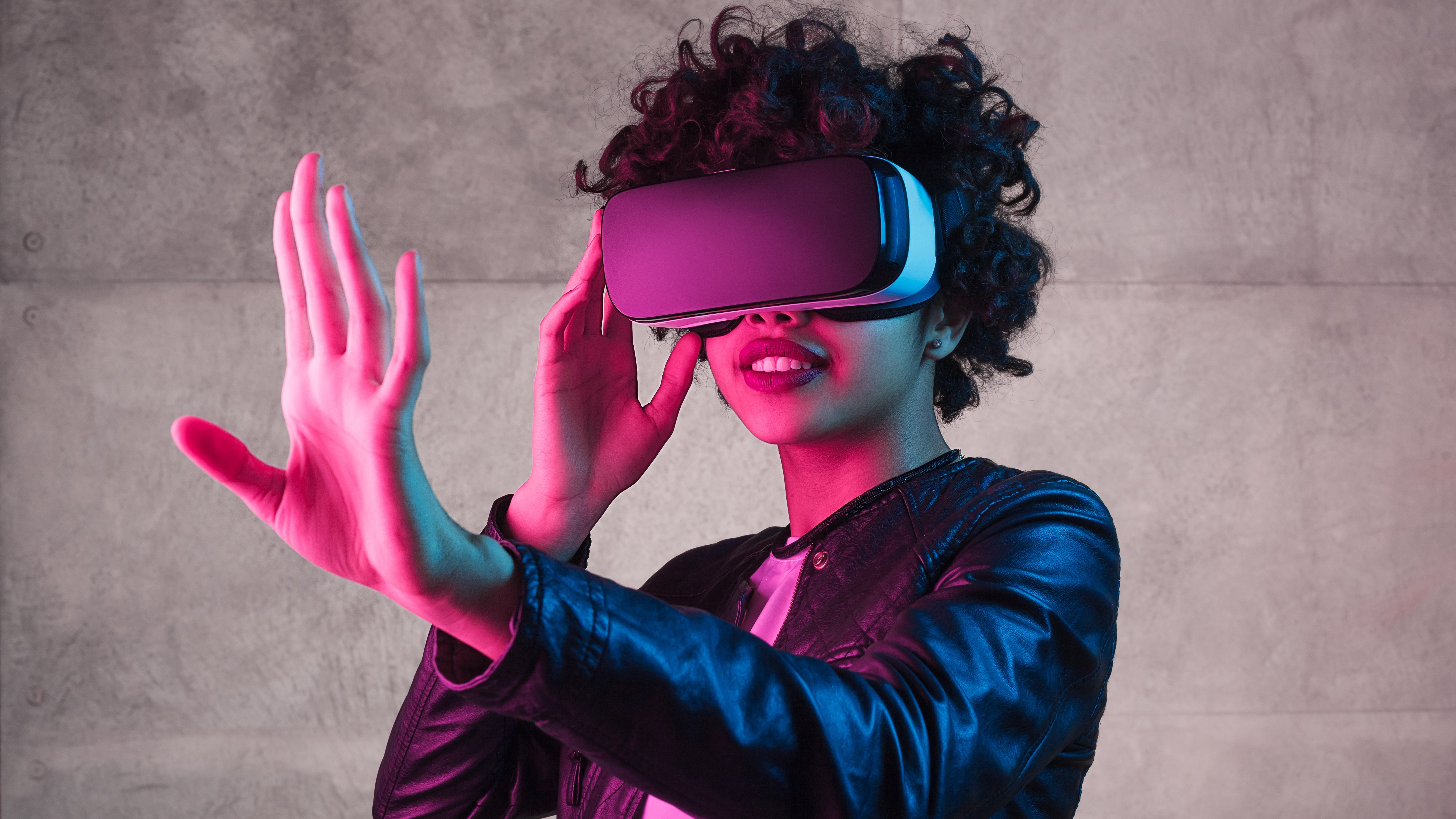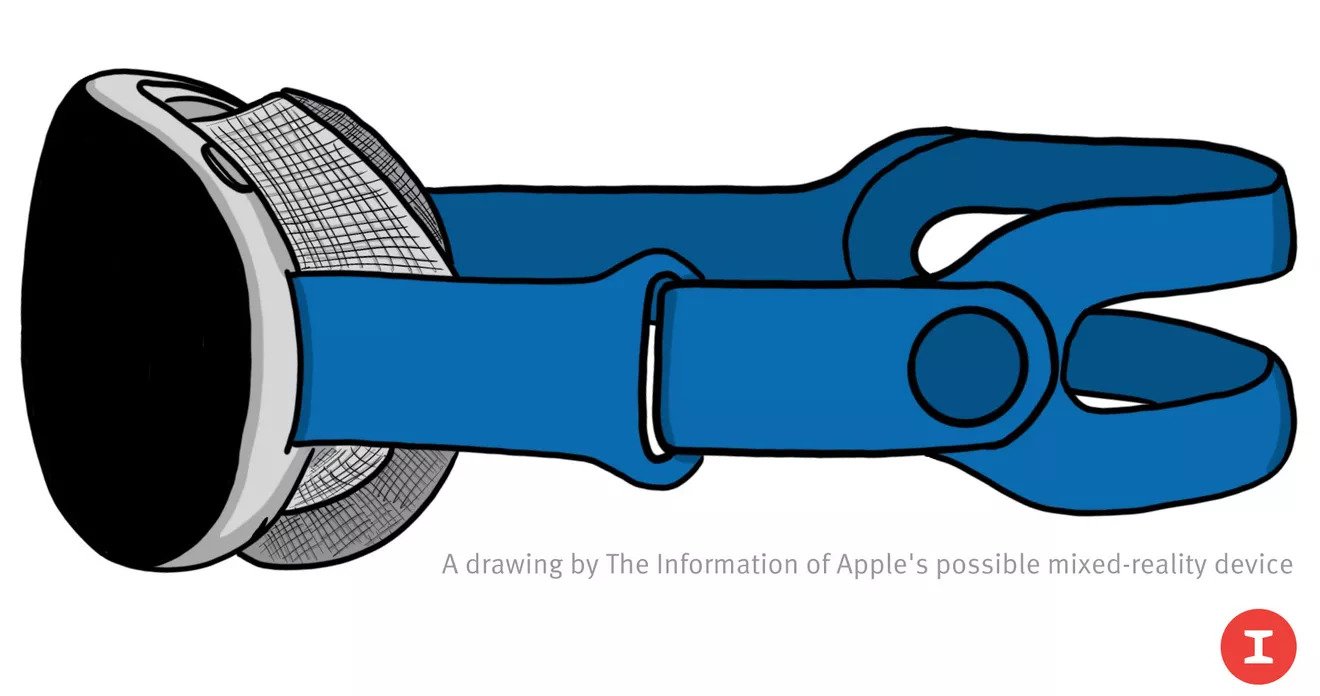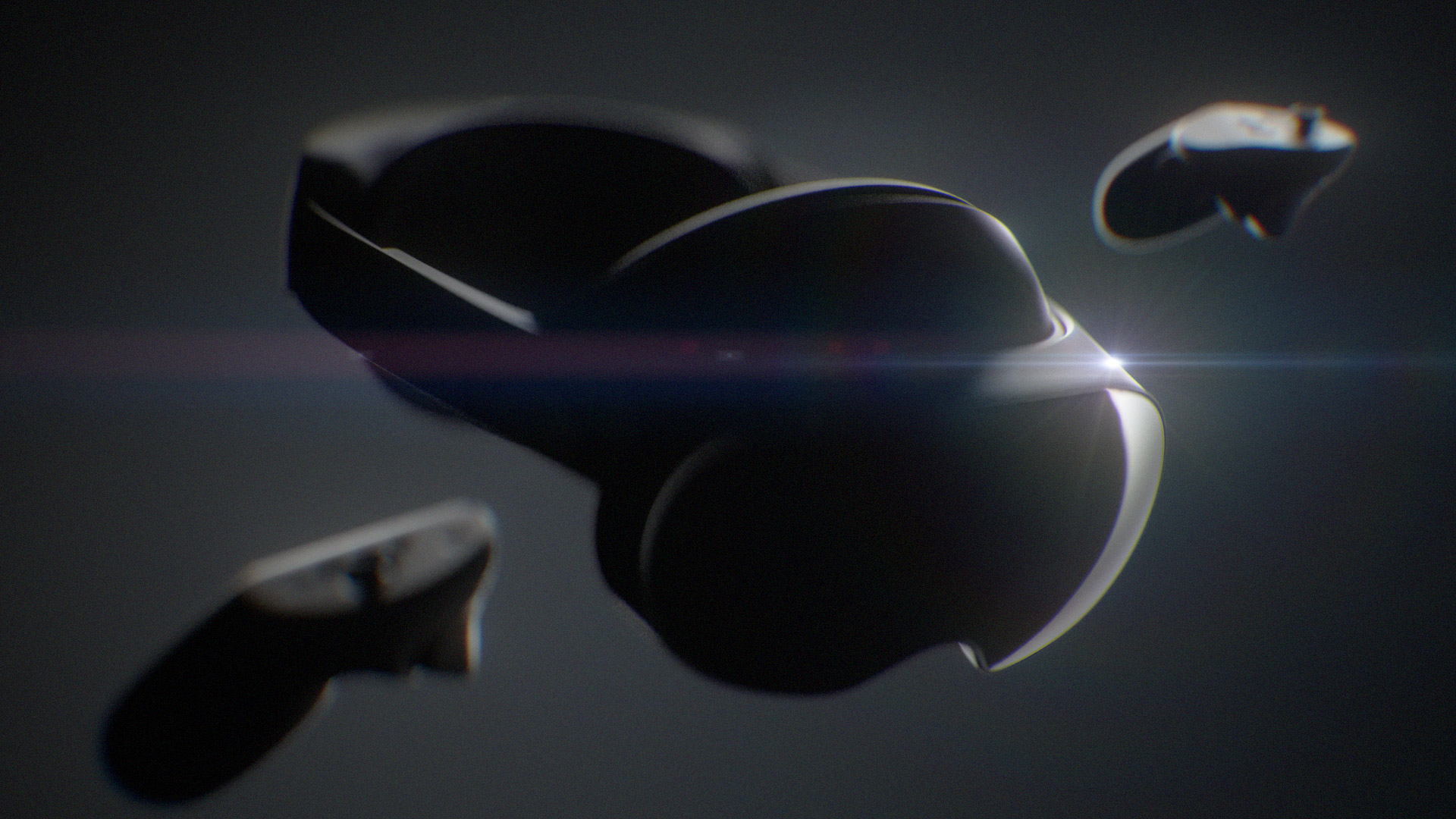Meta beware, Apple’s AR/VR headset is expected to have an incredible display

While Apple has yet to unveil its first AR/VR headset to the world yet, there are already rumors about its second-generation headset. If they’re true, Apple’s follow-up mixed reality device could have an incredible display that will put the Quest 2 and PSVR 2 to shame.
It has long been rumored that Apple has been eyeing up microOLED displays for its AR/VR headsets. Back in February, we reported as much, with Apple hoping to use these panels alongside an M1 chip to create a headset that’s slimmer and more energy-efficient than its rivals.
Now reports from Patently Apple indicate that it intends to stick with these kinds of displays for its second headset, though it’ll be making a few upgrades. On a more minor note, Apple will apparently swap from using Sony-made panels to using LG-made panels when its second headset rolls around. LG makes our favorite TVs right now – the LG C2 and LG G2 – so we’re sure it’ll bring its expertise in making these screens when it creates Apple’s headset displays.
But LG won’t just be bringing its experience, it will reportedly be using new display tech developed by AP Systems too. Apple requested a 3,000ppi fine metal mask sample from the AP Systems back in 2021 (via The Elec) and was seemingly impressed with the results. What’s more, AP Systems is currently working on a project with South Korea’s Ministry of Trade, Industry, and Energy to create 4,000ppi displays for VR/AR devices by 2024.
If it can achieve this goal then we wouldn’t be surprised if Apple’s second-generation AR/VR headset incorporated this new tech into its design. If it does Apple would blow rival Meta out of the water, the Quest 2 only has 773ppi and Project Cambria is rumored to have 1230ppi.

That all being said, you’ll definitely want to take these rumors with a pinch of salt.
For one, Apple’s first headset hasn’t even been announced yet so its second-generation device is still several years away. While we wouldn’t be surprised if the design process was already underway for the follow-up headset, we’d be shocked if anything was finalized this far in advance.
Sign up for breaking news, reviews, opinion, top tech deals, and more.
On this same note, there’s a chance Apple never even unveils a generation one headset, deciding to scrap the device altogether and abandoning the AR/VR space.
Additionally, Apple’s first headset has reportedly hit numerous development roadblocks – which has caused its design to change considerably from Apple’s original vision. Similarly, Apple’s development team could face similar problems the second time around. Apple’s suppliers (AP Systems and LG) also have a part to play in developing the new displays; if their work faces any setbacks then there won’t be any 4,000ppi panels for Apple to use even if it wants to.
Analysis: Will Apple's headset display be too good?
It’s all well and good saying that Apple’s rumored headset will have a higher pixel density, but why should we care?
As we previously wrote about when discussing the Quest 2’s pixel density, all VR headset displays can suffer from something called the screen door effect. Because displays are just a repeating array of LEDs when you’re up close to them it’s possible to spot dark lines going across the screen caused by the space between pixels.
By design, VR places a screen right in front of your face, so the screen door effect is much more noticeable. Simultaneously, it can also be very immersion-breaking – acting as a constant reminder that you are indeed in a virtual world.
That’s where higher pixel densities come in. If you can cram more LEDs into a display area then the space between pixels will shrink until it's unnoticeable.

On top of this, higher pixel density displays will allow Apple to create higher resolutions and more impressive visuals on smaller screens – helping to reduce the weight of its headset without sacrificing picture performance.
However, Apple might already be taking things a bit too far.
A higher number of pixels per inch will help Apple achieve another target, pixels per degree – that’s the number of pixels per degree of vision. Our eyes can’t distinguish between anything above 60ppd, so that’s the target Meta and Apple are trying to reach with their headsets.
The Quest 2 currently sits at 21ppd, and our very rough estimates for Project Cambria suggest it’ll reach 33. Using the same assumptions we used for calculating Cambria’s pixels per density (where the focal length and display size of the headsets are identical to the Quest 2) then Apple will be looking at around 80ppd for a 3,000ppi headset, and over 100ppd for a 4,000ppi headset.

This is an incredibly rough estimate mind – given that Apple’s device is expected to be much slimmer than the Quest 2 we can already assume it will have a different focal length – but it gives an indication of roughly how much more visually impressive Apple’s devices could be.
We’ll have to wait for Apple to make an official announcement before we know how the rumors and our estimates stack up. But when Apple finally does unveil its headset we could be in for a treat.

Hamish is a Senior Staff Writer for TechRadar and you’ll see his name appearing on articles across nearly every topic on the site from smart home deals to speaker reviews to graphics card news and everything in between. He uses his broad range of knowledge to help explain the latest gadgets and if they’re a must-buy or a fad fueled by hype. Though his specialty is writing about everything going on in the world of virtual reality and augmented reality.